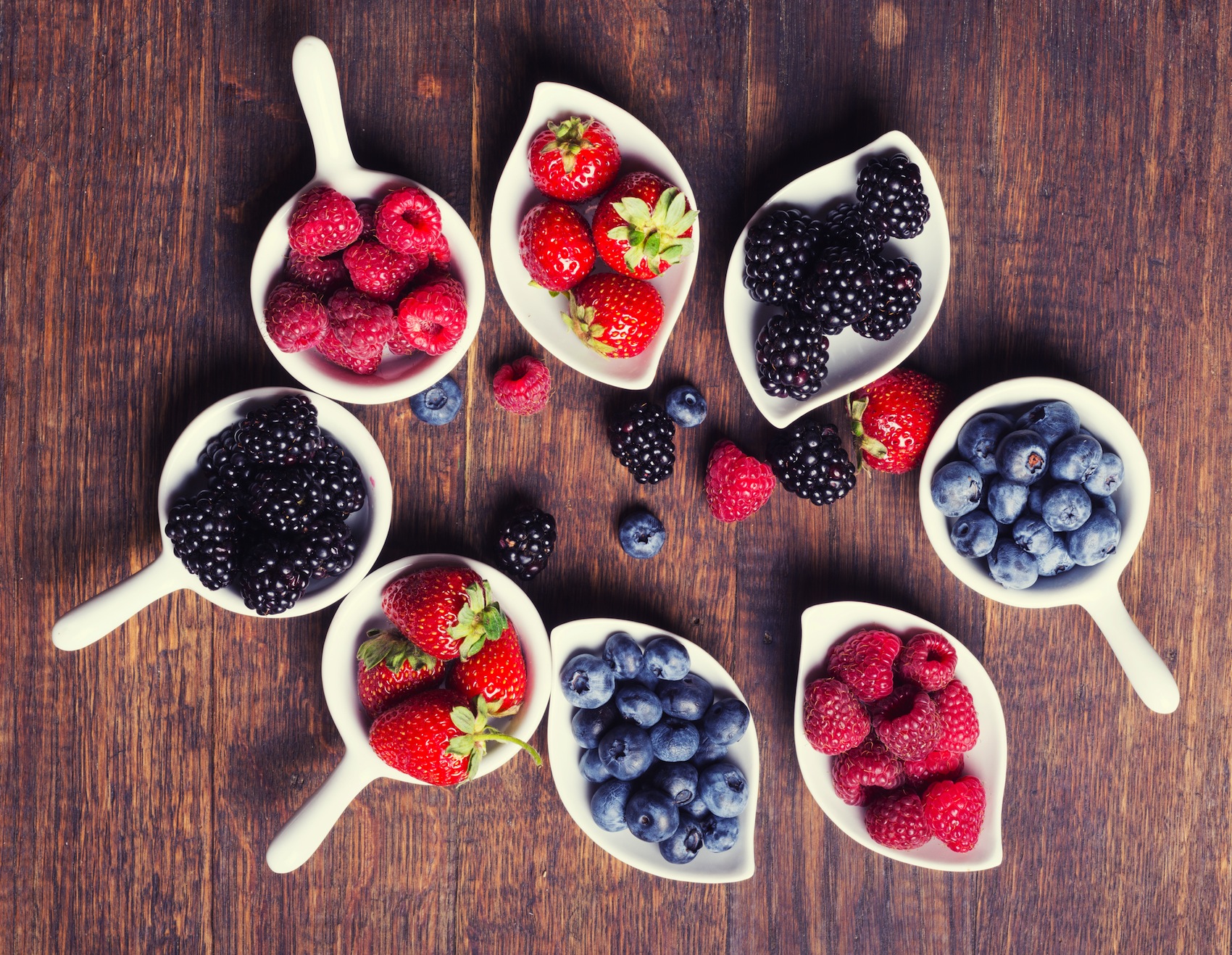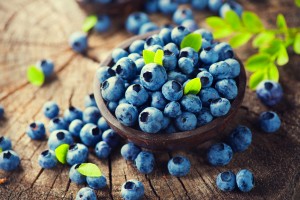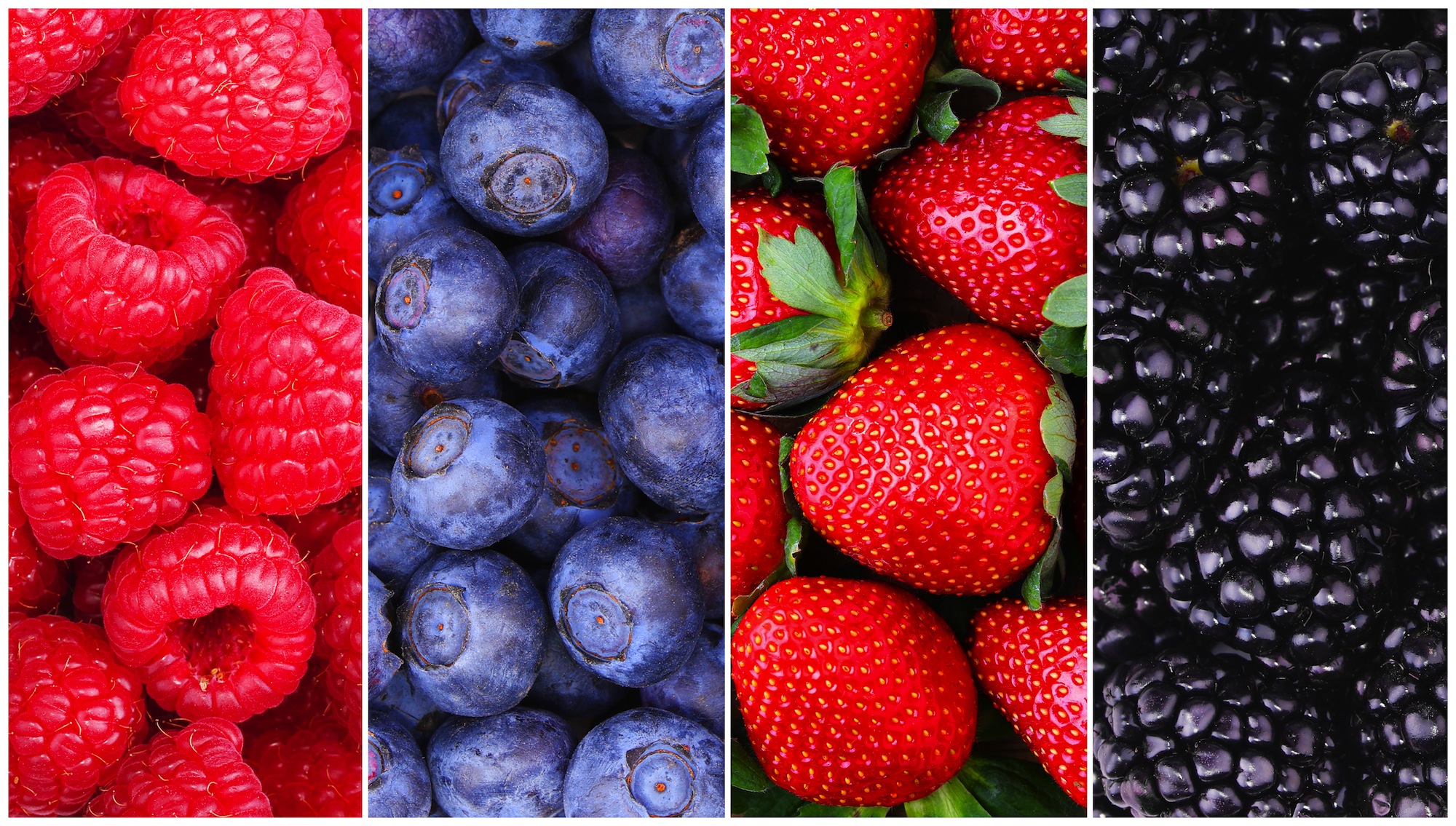Berry peak season brings an array of promotion plans
A berry isn’t just a berry, marketers say, if they’re doing their jobs.
Marketers of strawberries, raspberries, cranberries, blueberries, blackberries and specialty varieties say this is a busy season for them, as they work to make their berries stand out above the fray.
Watsonville, Calif.-based grower-shipper Driscoll Strawberry Associates is rolling out a multifaceted summer marketing plan, said Fran Dillard, marketing director.
“Summertime is when fresh berries are in abundance. It evokes feelings of freshness and inspiration and is also a time to celebrate with family and friends,” she said. “It’s a season for gatherings, big and small, in which food is a focal point.”
Driscoll’s is seeking to integrate berry promotions with current consumer conversations, Dillard said.
“On driscolls.com we will highlight berry themes, holidays, organics, rewards and sweepstakes to encourage shareable information around the freshness and abundance of Driscoll’s berries during the summer,” she said.
In May, June and July, driscolls.com plans to run a national sweepstakes for consumers to have a chance to win Berries for a Year, Dillard said.
“We will promote #finestberries across all social media channels. We will engage with digital influencers to celebrate all things Driscoll’s berries. We will run an Instagram contest in partnership with the FeedFeed June 16 through June 26 to encourage home cooks to share their berry creations,” she said.
Driscoll’s also is working with author Kate Lebo to discuss berry and herb pairings for pies and jams, Dillard said.
Los Angeles-based The Giumarra Cos. anticipates a strong summer of berry marketing, said Megan Schulz, marketing and communications manager.
“Demand for berries is very strong. We anticipate solid volumes in the coming weeks,” she said.
Raspberries, blackberries
Raspberries, blackberries

Driscoll’s also promote fresh raspberries, Dillard said.
“They brighten up all kinds of dishes but especially desserts like pies, cakes and cheesecakes,” she said.
Raspberry production was expected to build in volume through May and remain in good production through the summer, said Jim Grabowski, marketing manager with Watsonville, Calif.-based Well-Pict Inc.
“With the increase in production numbers for raspberries, they are getting much more play at retail and are seeing very good customer acceptance,” he said.
Cindy Jewell, marketing director for California Giant Berry Farms, Watsonville, agreed.
“Raspberries continue to keep marching along, just like the blackberries,” she said.
Oregon leads the U.S. in blackberry production, reporting 48 million pounds of production on 6,600 acres in 2014. The harvest was worth $53.6 million, according to the U.S. Department of Agriculture.
HBF International LLC, Sheridan, Ore., launched its California blueberry campaign in mid-April, said Doug Perkins, CEO and a partner.
“The overall crop looks strong and healthy,” he said.
Volume will be plentiful for summer promotions, both out of California and Oregon, he said.
“We should see the Oregon season start June 10-15 with good promotable volume by the end of June going into the Fourth of July,” he said.
Black raspberries are getting attention in Oregon, said Darcy Kochis, marketing director for the Oregon Raspberry and Blackberry Commission, Portland.
“Black raspberries are sort of the kingpin for health benefits because they are the darkest juice of any of the berries,” she said.
Oregon focuses mostly on the processed and frozen berry sectors, but there are fresh-market sales, as well, during the summer season, Kochis said.
Blueberries
Blueberries

Total blueberry production the U.S. and Canada in 2015 was 1.07 billion pounds, including 401.8 million pounds for the fresh market — around 37.5%, said Mark Villata, executive director of the U.S. Highbush Blueberry Council, Folsom, Calif. He said production almost matched 2014 volume of 1,071.9 million pounds, 416.8 million of which — 38.9% — went to the fresh market.
The West region led all highbush blueberry production in the U.S. in 2015, as in previous years, with 457.7 million of the U.S. total of 750.2 million pounds, Villata said. Of that, 195.8 million pounds of West region production went to the fresh market, or about 43% of volume.
Across the U.S., 400 million pounds of the national volume of 750.2 million — about 53% went to fresh. The ratio was basically unchanged since 2013.
British Columbia led all highbush blueberry production regions in 2015, as in previous years, with 170 million pounds, including 66 million pounds for the fresh market.
Washington was next, at 103 million pounds, including 23 million fresh, in 2015.
Oregon’s 95.7 million pounds — with 37.8 million bound for the fresh market — was third in volume in 2015.
Oregon’s 95.7 million pounds — with 37.8 million bound for the fresh market — was third in volume in 2015.
California was next, with 62 million pound overall and 42 million for fresh.
Maine dominated lowbush blueberry production in 2015, with 100 million pounds of total volume of 320.8 million pounds — about 31.2% — from a region that includes Canada production in Nova Scotia, Quebec, New Brunswick, Newfoundland and Prince Edward Island. About 1.8 million pounds — about 0.56% — of that went into the fresh market.
In the eastern U.S., Florida was expected to start shipping blueberries around May 15, and the deal was expected to move smoothly up the East Coast, said Bob Von Rohr, marketing and customer relations manager for Sunny Valley International Inc., Glassboro, N.J.
“We had a great year last year, with heavy volume,” he said.
Sales are trending upward, due, in large measure, to berries’ nutritional value, said Larry Ensfield, CEO of MBG Marketing, Grand Junction, Mich.
“Our blueberry crop still has a tremendous health halo, and it’s very popular with consumers,” he said.
Strawberries
Strawberries
The California Strawberry commission reported a volume of about 190 million crates in 2015, down slightly from 191 million a year earlier.
Florida production was about 28.2 million crates in 2015, compared to around 22.5 million a year earlier. Mexico reported 21 million crates in 2015 and 25.3 million in 2014.
Active marketing efforts are tougher for some groups than others, said Tom Simmons manager of the Watsonville Berry Cooperative, a seven-grower group that focuses on strawberries.
“From a marketing perspective, it’s difficult to market our product because we’re a nonprofit and don’t throw a lot of money into that area,” he said.
Strawberries already were plentiful in mid-April, Well-Pict’s Grabowski said.
“Strawberries are in very good volume now as all three California production areas are harvesting and picking fruit,” he said.
Social media, cranberries
Social media, cranberries
Marketing tools have evolved into social media, said Michelle Hogan, executive director of the Cranberry Marketing Committee, Wareham, Mass.
“Currently, the CMC’s domestic activities focus on creating a new generation of cranberry lovers among millennials through a nationwide social media campaign — the Cranberry Friendsgiving Photo Contest (CranberryFriendsgiving.com),” she said.
The berry category is “fluid and frenetic” and growing, said Jason Fung, director of category development with The Oppenheimer Group, Vancouver, British Columbia.
“Over the last three years, we’ve found some great avenues to talk to retailers we have established relationships with in other categories to find ways to introduce our category to them in a small and measured way,” he said.
05/09/2016
The Packer





